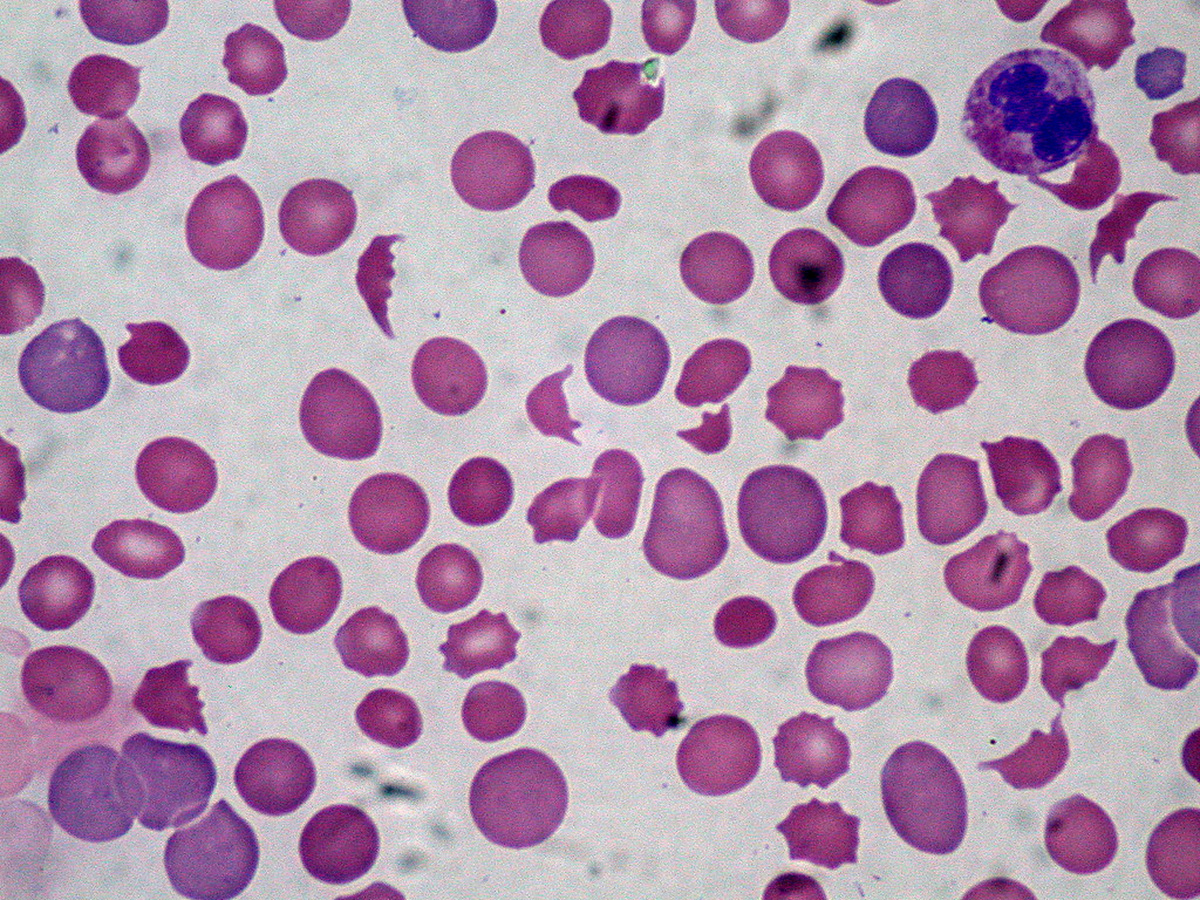Table of Contents
To all the other challenges of living with sickle cell disease, add the problem of not being able to find medical care. Until recently, it was relatively unusual for someone who has sickle cell disease to live to adulthood. In 2015, statistics showed that over 93 percent of children who had the disease lived past the age of 20. Even now, the average life expectancy for a man who has sickle cell is 53, and for a woman, it's 58. There are a few people with the disease now living into the 70's and 80's.

Because of the extremely short life expectancy of people who had the disease, sickle cell disease was largely handled by pediatricians. As a result, other doctors tend not to be familiar with it. This leads to an unfortunate cycle of events:
- Sickle cell patients lose their insurance at the age of 21, so they tend to rely on emergency room care.
- Emergency rooms triage their patients on the basis of the severity of their symptoms, and the primary presenting symptom in a sickle cell crisis is pain. Unfortunately, pain is not considered to be an "important" symptom, so sickle cell patients go to the end of the line.
- A sickle cell crisis does not cause changes in the lab values that are most commonly tested in the ER. The doctor may tell the patient "There's nothing wrong with you."
Emergency rooms simply don't run some of the tests that are important for diagnosing sickle cell crises. Patients can get sent home without any treatment at all. Not infrequently, the result is death. The highest rates of death from sickle cell disease in the United States occur during the first year people age out of children's healthcare programs. There are activist physicians who are lobbying for better care of sickle cell patients. But if you are the patient who has sickle cell disease, what can you do?
READ Sickle Cell Anemia: Symptoms, Diagnosis And Treatment
- If at all possible, get health insurance coverage so you can get the follow up care you need.
- File with Social Security Disability not just for the income, but also for (after two years) Medicare coverage.
- If you have to use emergency rooms for your care, find an emergency room that treats you with respect and gives you care and then treat them with respect and consideration. They are your lifeline.
- Make sure people who would take you to the ER are familiar with symptoms of "silent stroke." Symptoms may include personality changes, memory problems, changes in the way you walk, changes in the way you talk, and issues with sight and hearing. This problem is more common in children receiving blood transfusions but it can affect people with sickle cell disease at any time. Then make sure they know to speak up if they see those symptoms in you.
- You almost certainly need a relatively long list of medications. Almost no one who has sickle cell disease can afford their medications. See a medical social worker to get on drug company medical assistance programs. Most public hospitals will have one or more people who do this full time.
- Crosby LE, Quinn CT, Kalinyak KA. A biopsychosocial model for the management of patients with sickle-cell disease transitioning to adult medical care. Adv Ther. 2015 Apr
- 32(4):293-305. doi: 10.1007/s12325-015-0197-1. Epub 2015 Apr 2. Review. PMID: 25832469.
- Quinn CT. Clinical severity in sickle cell disease: the challenges of definition and prognostication. Exp Biol Med (Maywood). 2016 Mar 23. pii: 1535370216640385. [Epub ahead of print] PMID: 27013545.
- Photo courtesy of euthman: www.flickr.com/photos/euthman/3953390018/
- Photo courtesy of tyfn: www.flickr.com/photos/tyfn/8057597193/
- Photo courtesy of tyfn: www.flickr.com/photos/tyfn/8057597193/


Your thoughts on this